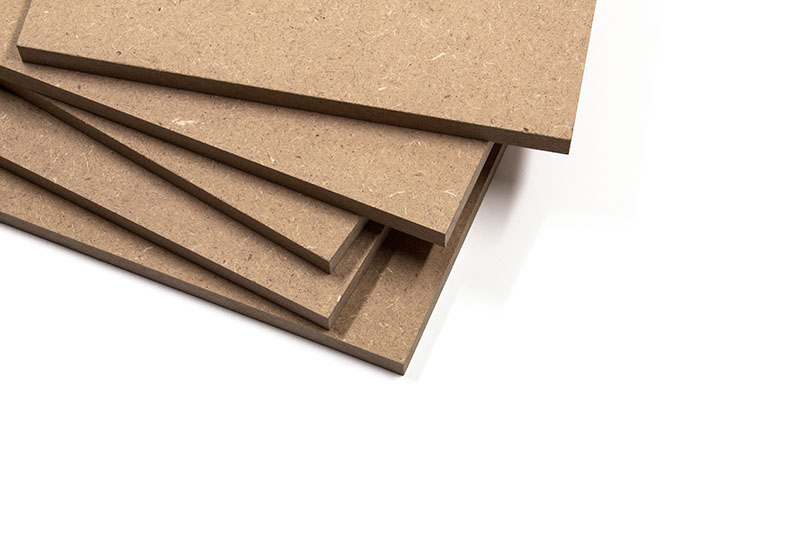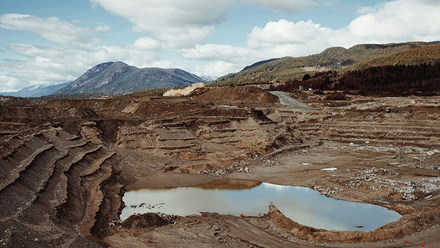Pilot plant recycles MDF
MDF Recovery has opened a pilot facility in Manchester, UK, to convert waste medium density fibreboard (MDF) into reusable wood fibre.

The company says that its recovered fibre can be a feedstock to the makers of MDF board, insulation products and formable packing materials.
The pilot facility will treat up to 150kg an hour and has a recovery rate of about 90% of the weight of the inputs, with 10% lost in removing the glue and losing a tiny fraction of the material.
The recovered wood fibres can be reintegrated into new MDF during the production process and can also be added to soil improvement products, particularly soil-free growing applications.
The fibres are separated from the resin using electrical heating at 90-99°C for 20-22 minutes, depending on product type. The material is shredded to 30-40mm beforehand so that it is as pure as possible MDF content. Managing Director Craig Bartlett says that 'contamination doesn’t impact the process itself. It is more for efficiency reasons'.
The wax and the resin from the MDF mostly enter the process water which is treated using ‘off-the-shelf’ technologies. 'Co-located plants, e.g., on an MDF manufacturing site, can make use of existing water treatment plants,' says Bartlett.
Bartlett describes the product leaving their site as a wet fibrous mass, which is then dried in equipment typical of the MDF industry, such as flash tube dryers. The fluffy fibrous product can then become a feedstock.
'There is a great deal of know-how embedded into the process, developments that have taken place over time. However, the concept is quite simple and will be no more challenging to operate than the majority of industrial processes.'
The company notes that the only other options that exist for MDF waste currently are landfill or incineration. They claim more than 100mln m3 of new MDF are produced globally each year, increasing by ~4.5% p.a. Up to 6% is wasted during manufacture and a further 15%, or 27Mt, wasted in the supply chain each year – excluding end-of-life products. This technology would save 250kt of CO2 emissions in the EU, the firm suggests.
Regarding energy use per tonne in manufacture, Bartlett says, 'Compared to the production of MDF from virgin fibres, our process will save around 60% in terms of energy use. We avoid the high energy burden of cooking and refining processes that are core parts of MDF manufacture'.
The process produces wood fibres in the range of 0.5mm-3mm. Initial test data from the BioComposites Centre at the University of Wales indicates that the fibre length and width of the recycled MDF is similar to virgin fibre, and not detrimental to MDF quality. The recovered fibre is found to be 22% shive content – any fibre with a length over 3mm and a width greater than 0.3mm – while standard industrial virgin fibre is deemed to be at 24%.
MDF Recovery plans to get its first wave of feedstock from a variety of commercial sources, including kitchen manufacturers, furniture makers and retailers that dispose of MDF during refits.
The first commercial licensee is due in weeks rather than months. As well as R&D from Bangor University in Wales,
the firm also received support from Innovate UK.
The company does not intend to upscale the pilot but will continue to upgrade and optimise it. The first commercial plant in mid-Wales is close to contract signature.
'The technology will be licensed to those in the supply chain that wish to add value to MDF. We are in negotiations with construction component manufacturers, waste management companies, insulation manufacturers and MDF manufacturers,' says Bartlett.







